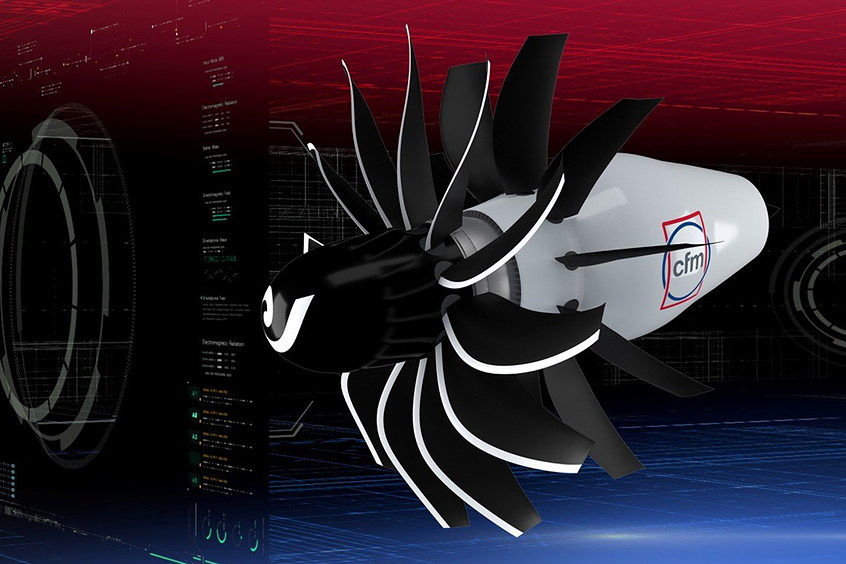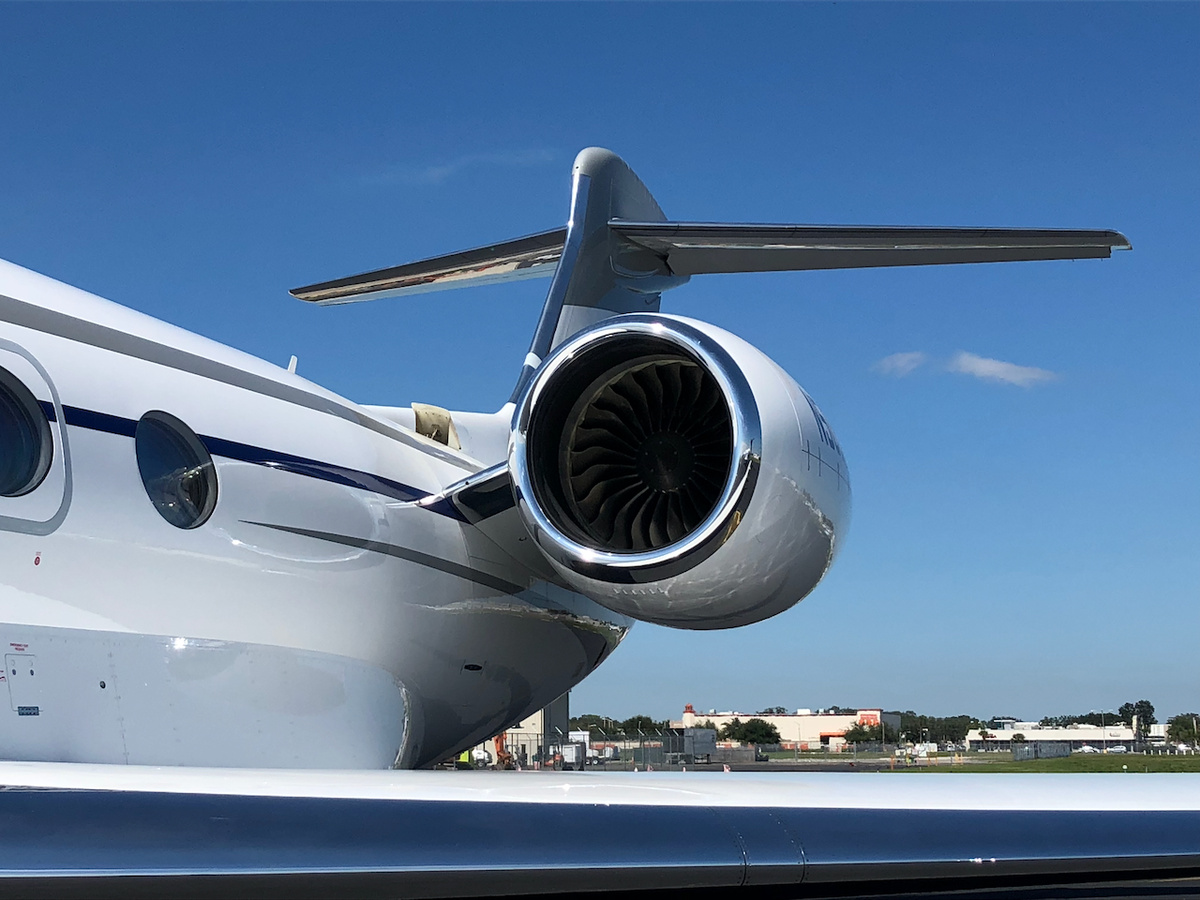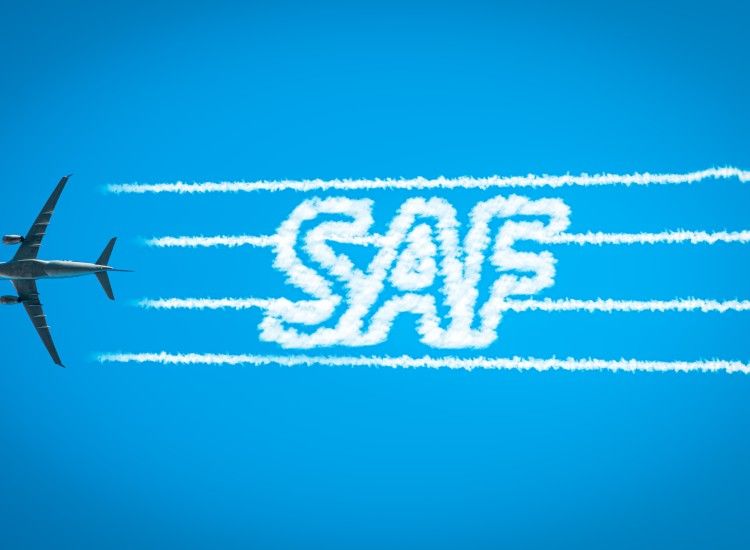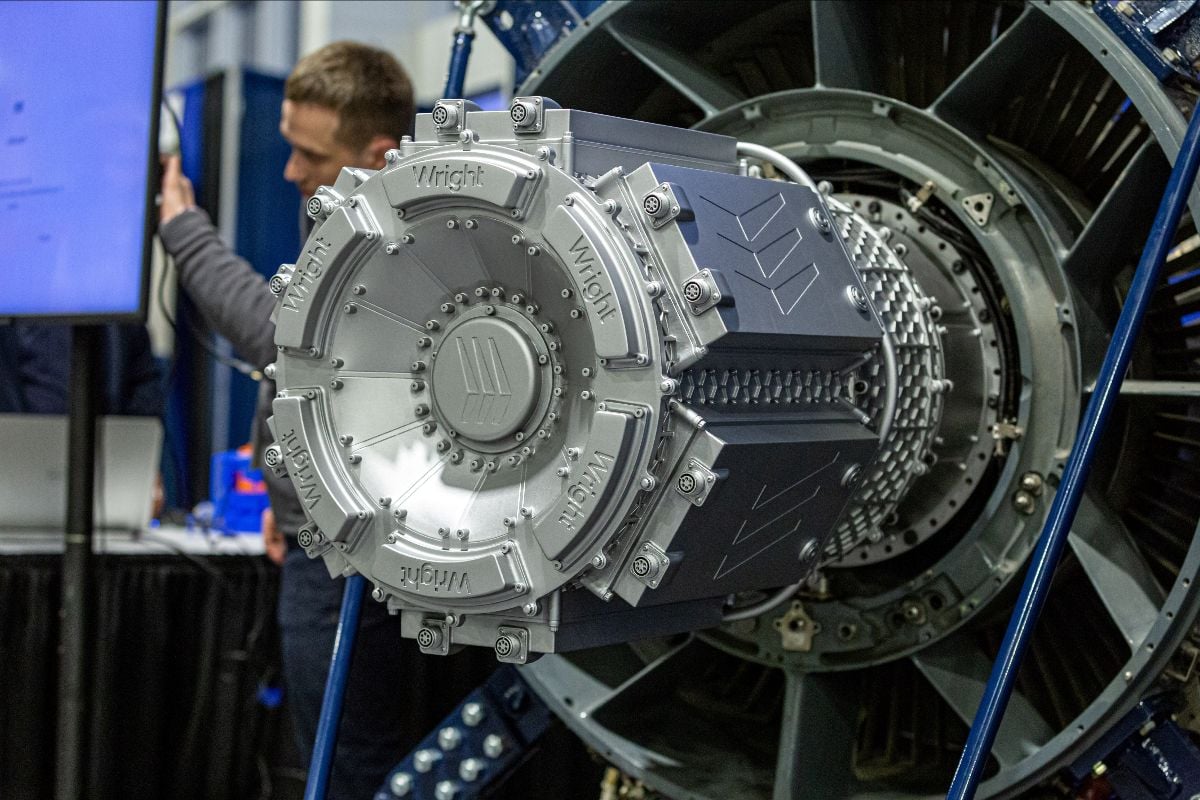
International flights can transport us to most of the world’s major cities within a day or two and later bring us home — often for less than a thousand dollars per seat.
This jet-setting, however, comes with a heavy carbon emissions cost. Flying coach from Los Angeles to London adds more carbon into the atmosphere than the average lifetime carbon contribution of those living in many of the world’s developing countries.
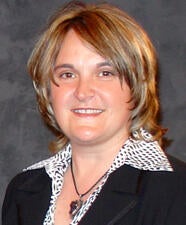
But in a paper published in iScience, UC Riverside professor Mihri Ozkan and her co-authors unveil a path toward carbon-neutral air travel. The hope lies in e-kerosene, a type of sustainable aviation fuel made by combining carbon dioxide with hydrogen.
E-kerosene can be designed to be chemically identical to conventional jet fuel, said Ozkan, the Climate Action Champion Professor in the Bourns College of Engineering.
“This means it can be used in current aircraft engines and fuel distribution systems without any modifications, making it a practical option for reducing aviation’s carbon footprint,” she said.
Ozkan’s paper envisions a mid-century when large-scale plants powered by solar, wind, and geothermal energy capture carbon dioxide emissions directly from the air. Electricity from the same renewable energy sources can generate hydrogen from water through a process called electrolysis, and the carbon dioxide and hydrogen can then be made into e-kerosene.
While the cost of making e-kerosene is currently around $8 a gallon (more than double the cost of conventional jet fuel), the cost barriers can be overcome through innovation, economies of scale, and government support, she said
E-kerosene production will further benefit from scaling up the production of sustainable jet fuel from biomass, organic materials derived from plants and animals.
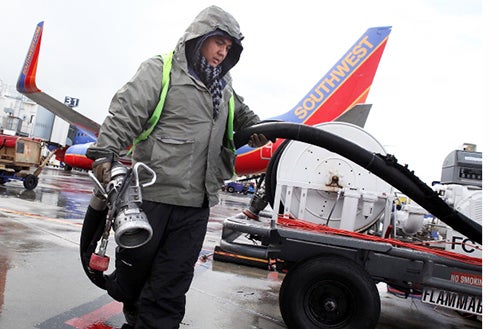
“Developing technologies that can process a broader range of feedstocks more efficiently at lower costs is crucial,” Ozkan said.
Her paper calls for several policy interventions, including financial incentives such as subsidies and tax credits; carbon pricing to narrow the cost gap between sustainable and conventional fuels; sustainable fuel use mandates to create guaranteed markets; investing in infrastructure for the distribution and use of sustainable fuels; support for research and development projects to accelerate innovation; and international collaboration on standards, certification, and incentives.
The paper’s title is “Forging a Sustainable Sky: Unveiling the Pillars of Aviation E-Fuel Production for Carbon Emission Circularity.” Its co-authors are all associated with the Bourns College of Engineering. They are Anvaya B. Narappa, Thrayesh Namboodiri, Yijian Chai, Matheshwaran Babu, Joan Jennings, Yingfan Gao, Sameeha Tasneem, Jason Lam, Kamal Talluri, Ruoxu Shang, Cengiz S. Ozkan, and Jordyn M. Watkins.
Concerted efforts in technology development and supportive policy measures can make carbon neutral aviation a reality, Ozkan said. We can all stay informed, advocate for sustainable practices, and support policies that encourage the development and adoption of sustainable fuels, she added.
“It’s a journey toward a more sustainable future where flying doesn’t have to come with a heavy carbon footprint,” Ozkan said. “As long as there is access to renewable electricity, water, and CO2, e-kerosene can be produced, making it a highly scalable solution to meet the aviation industry’s fuel demands.”






